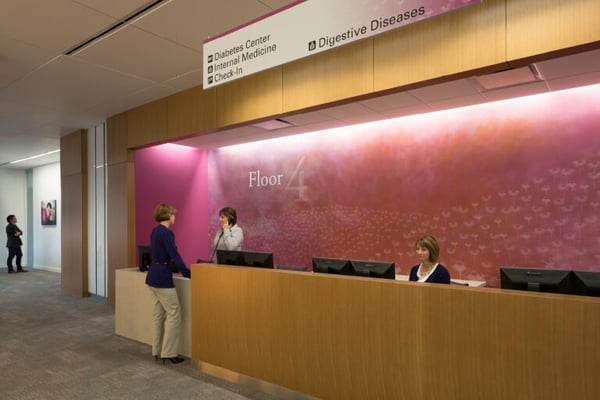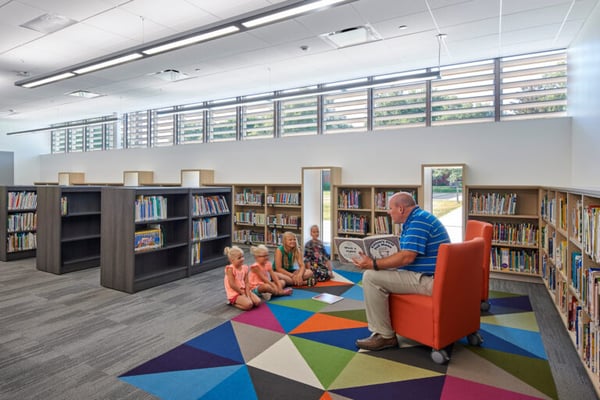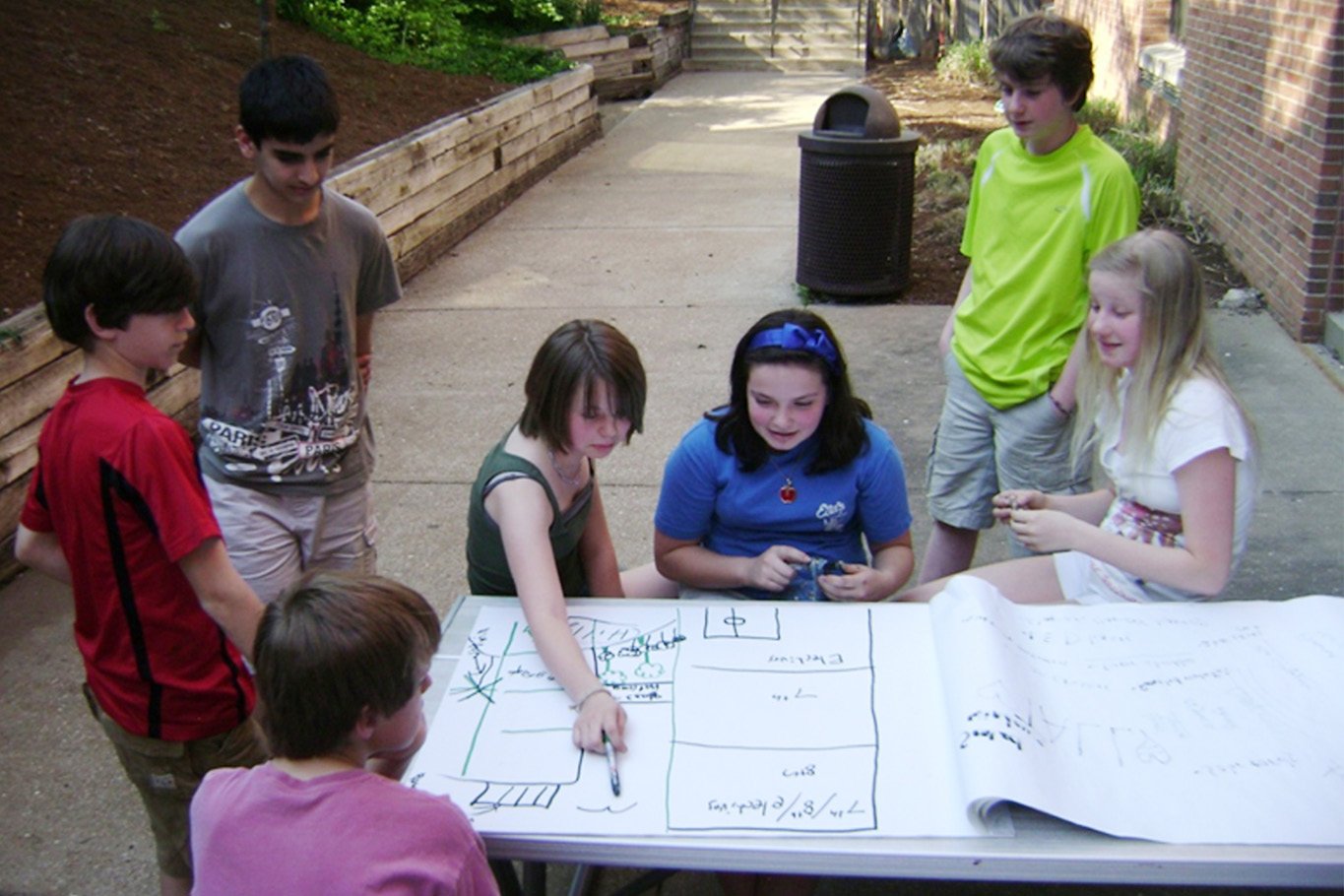So, who should you include in the design process?
We believe an inclusive, empathy-driven process leads to the best results. In this article, you will learn the benefits of including the following user groups:
- Project owners
- Everyday building occupants
- End-users
- Maintenance staff
Whether you can include these groups depends on your project requirements and internal culture. But after reading, you will better understand who the right fit for your project would be and how you can help them prepare for the design process.
4 User Groups to Include in the Design Process
1. Project owners
Representation from the project owner group is critical to the design process. The stakeholders will look different depending on your organization. A commercial organization may include a Board of Directors, while a developer may include a group of investors.
Whatever the case, anyone who can impact the project’s financing should understand the design decisions.
2. Everyday Building Occupants
Along with the project owners, include those who will use the space daily. Once again, the makeup of this group will look different depending on your organization.
The occupants of a business may include employees, while school occupants may include teachers and administration. For hospitals, occupants can include doctors, nurses, and other staff members.
An occupant’s perspective is vital to the architectural process. In pre-design, your architect will use surveys and workshops to learn about the challenges occupants face in their current space.
Occupants can also share their ideas for the new space and what they need to do their job more effectively. Keep in mind: just because an idea is brought up in a workshop doesn’t mean it will automatically make it to the final design. Several factors—including your long-term goals and budget—will factor into the final product.
An occupant’s perspective, however, is an important factor to consider. They are your organization’s greatest asset, and they need a place where they feel empowered and productive. Learning what they need out of the new building will only benefit your organization.

An occupant’s perspective is vital to the architectural process.
3. End Users
Along with occupants, you should also include end-users in the design process. “End-users” differ slightly from “occupants.” Technically, end-users also “occupy” the space, but unlike “occupants,” they may not work there.
For example, the end-users of a commercial building may be customers, while the end-users of a school may be students. For a hospital, the end-users may be patients.
The final design should benefit both occupants and end-users. A school should help teachers do their job more effectively and enhance a student’s learning ability. A hospital should ease hospital staff’s stress and help patients recover faster.
The perspective of both groups is important in the design process.
For some project types, you can easily include end-users in design workshops. For example, students and their families can attend community meetings about a new school and voice their perspectives. On other projects, end-users may be more difficult to include.
If you cannot easily access end-users for meetings, you can still incorporate their perspectives. Your architect can engage end-users through surveys or work to understand their perspective through benchmarking research.

The design process should include end users, like students.
4. Facilities and Maintenance Team
Lastly, you should include your facilities or maintenance team in the design process. After all, they will be upkeeping the building, so they should understand design decisions and voice their opinions.
In the early stages of the design process, your architect can meet with your maintenance team to learn about their needs, preferences, and the challenges they face. Your architect needs to understand their experience and what works for them. If the building will incorporate new technologies, your team may need extra training.
Including your maintenance team is also a wise economic decision. The maintenance team plays a crucial role in helping reduce the life cycle costs associated with energy consumption and maintenance. They may even train new occupants on the best practices for energy performance.
The more they understand the design decisions, the more likely you are to accomplish your long-term goals.
Preparing for the Design Process
Before starting the design process, everyone should understand the time commitment involved. Participating in surveys or workshops may require your team to devote time to the project outside their daily job. Setting expectations and reminding them of their importance helps the process run smoothly.
The time commitment will fluctuate depending on the user group. Occupants will likely devote most of their time to the project in the pre-design phase. The visioning workshop is an especially important meeting to attend.
In the workshop, occupants will share their opinions with other members of your organization through activities like empathy mapping, visual listening exercises, and problem-solving activities.
The purpose of these activities is two-fold: the architect learns about occupants’ needs and occupants learn about the perspective of others in your organization. It helps increase buy-in and gets everyone on the same page before your architect develops concepts.
In later phases, occupant involvement may wane, but your architect may reach out to small groups within your organization for feedback. Those who have a financial stake in the project can expect a higher level of involvement throughout.
Keep in mind: the early phases of the design process are the best time to include different user groups. As the project progresses, changing plans can be difficult and expensive. It’s wise to get as much input as possible before anything is set in stone.
Learn More About the Design Process
Successful building projects make a positive, lasting impact on your organization and community. To reach your goals, it’s important to include various user groups in the design process and consider their perspective.
Be sure to include a diverse array of individuals who will use the completed building. Setting expectations about time commitments will help the process run smoothly.
Now that you better understand who you should include in the design process, learn how prioritizing occupants’ needs can help you reduce the long-term costs of building ownership.
To learn more about our approach, contact us today and talk to an architect.
